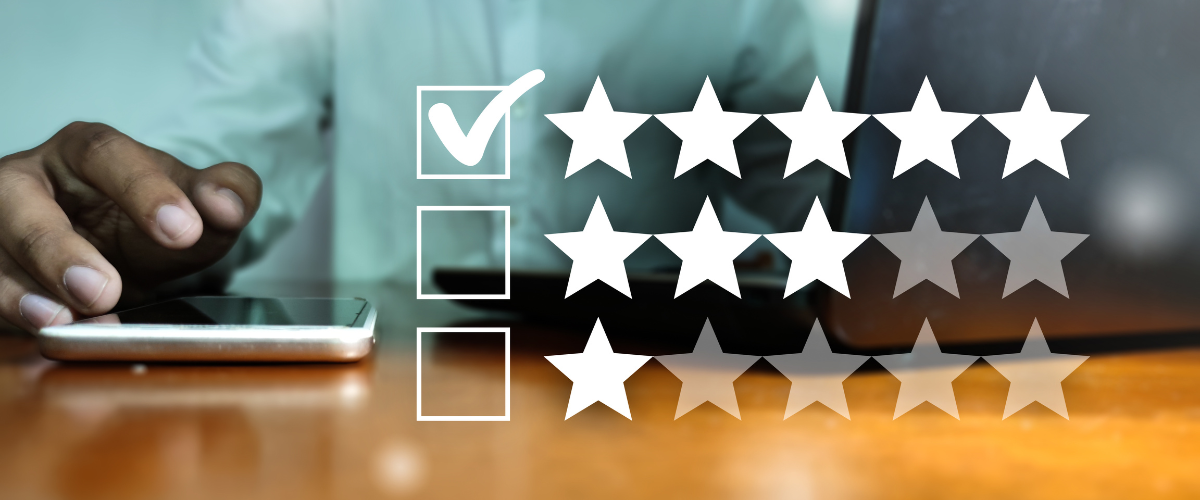The consistent rise of remote working has made the collection of call center data both more complex and more vital than ever. Over 97% of employees state they would work remotely if they could, while current projections show that 25% of the overall workforce will work remotely by the beginning of 2023. Being open to remote work offers more opportunities for hiring skilled employees. However, having enhanced call center analytics is essential to connect the dots between your remote and in-office team performance.
Call center analytics are designed to provide insight into the overall performance of your call center, including adjusting how you manage your workforce and how this impacts the overall customer experience–regardless of where your agents work from. Successfully managing a fully remote or hybrid call center becomes more achievable with relevant insights from your customer interaction data. Let’s look at 5 ways call center analytics can improve remote working for your employees and create better customer outcomes.
1. Improve Call Center Agility
The ability to react quickly to developing or changing situations gives most businesses the edge over competitors. When managing a call center or contact center, you can only successfully do this if you have the complete story about what is happening in your center, your customer engagement, and within your workforce.
Collating data from both in-office and remote workers creates a positive cycle of communication and collaboration, which can help team leaders pivot quickly when needed. For example, if the call abandonment rate suddenly shoots up, it could be because of a lack of available agents, or even a technical issue with call routing or connectivity. Having easy access to the real-time data from remote agents allows you to see who you could possibly pull to support a struggling team, or how widespread the technical issue may be.
2. Amplify the Employee Experience
Employees only want to work remotely if they have a good experience, and call center analytics is a critical factor in providing that. Your team members who are at another office, at home, or even traveling want to feel like they’re still an important part of the organization.
Powerful analytics can help you:
- Keep remote or hybrid workers in the loop.
- Provide one-to-one performance metrics.
- Provide the same coaching or mentoring opportunities as in-office employees.
- Address real-time issues such as technical problems.
- Provide motivation or support if you can see an agent is struggling.
It’s no secret that happy workers are more productive. Enhanced analytics platforms empower companies to monitor their remote agents in exactly the same way, making them feel like part of the team and reassuring other team members that remote workers aren’t doing less simply because they’re not in the office.
3. Eliminate Micro-Managing
How do you manage remote call center agents? There are challenges and differences when comparing on-site employees to remote employees. Without software to monitor how your remote agents are performing, you have no way to access and analyze these metrics other than by constantly communicating with them. In other words, micromanaging their every move. Unsurprisingly, employees don’t like being micromanaged, and it can even lead to increased employee turnover. Managing remote call center agents is more effective when you can let the insights from your center’s data do much of the work for you.
Forbes HR Council recently recommended using advanced analytics services for remote workers to gain a range of workforce-related insights, measure the effectiveness of agents, and even discover development opportunities. Powerful analytics can help you ensure you’re managing effectively and reduce micromanaging, which could increase your employee satisfaction.
4. A Consistent Customer Experience, Regardless of Changes in Workforce
One of the key aspects customers look for in a company is consistency–they want to have similar experiences every time they call, no matter what customer service channel they use. How do you achieve this when part of your workforce is remote? Investing in a suite of enhanced analytics tools allows you to drill down into your agent activity, no matter where they work from. This allows you to collate data on stats, like Average Handling Time (AHT), regardless of whether your agents are in the contact center or at home. Seamless analytics of your hybrid working situation create the consistency that keeps customers happy and improves overall brand reputation.
Call center analytics can completely transform the customer experience. By understanding what increases or decreases customer satisfaction, you can hone your guidelines for speaking to customers, what to discuss, what not to discuss, and what types of sales opportunities are available for what type of customer.
5. Does the Hybrid Work Model Work For You?
Perhaps most importantly, call center analytics for remote call center management allow leaders to better understand how hybrid working is impacting their organization. Collating data on productivity, customer experience, and agent activity even while working away from the office can give powerful evidence to present to stakeholders to show why hybrid working is a vital part of your contact center. With this evidence in hand, you can often expand or extend your remote working to provide better experiences for more employees and create a more diverse and satisfied workforce.
Improve the Remote Working Experience
Effective call center management is easier when you have easy access to your agent and customer data. With more impactful dashboards and reports than with what native reporting tools offer, find what’s valuable to you, your employees, and your stakeholders. Learn more about improving your call center employee experience with Brightmetrics here.




